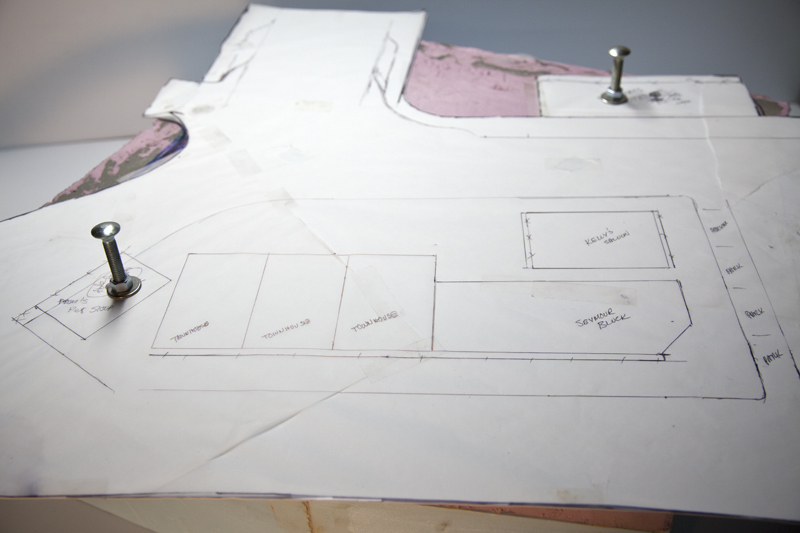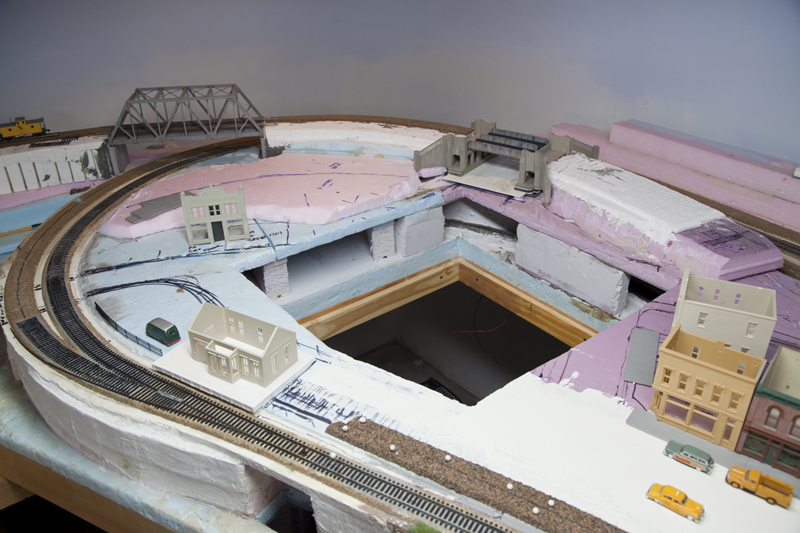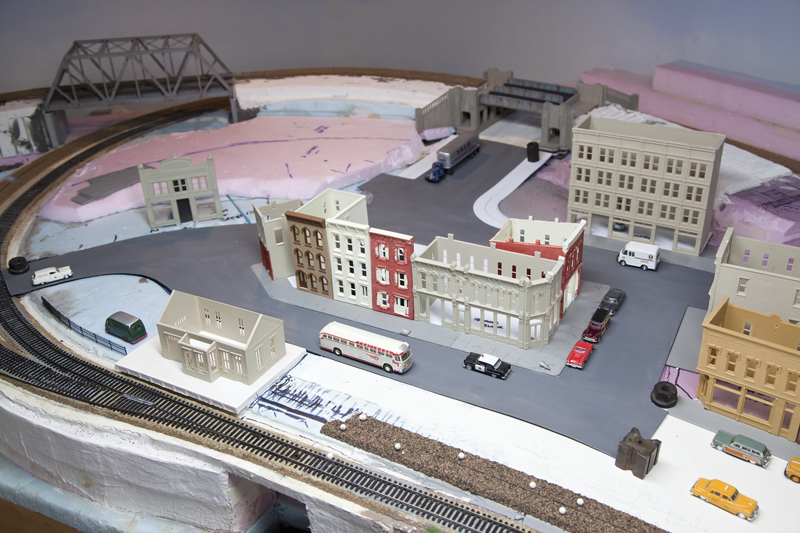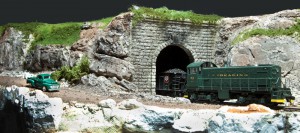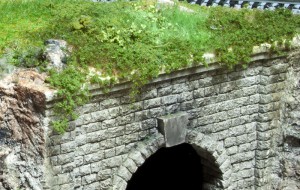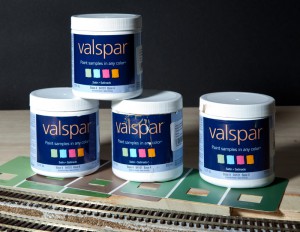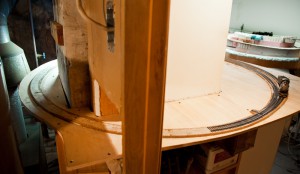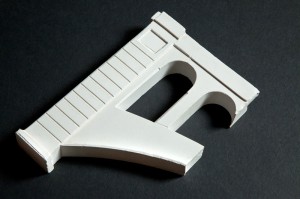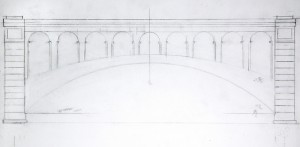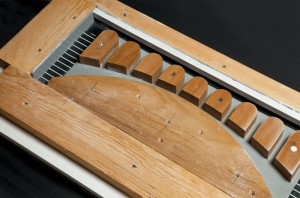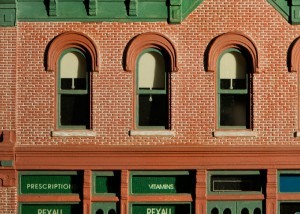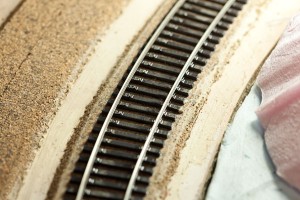Having made 4 pop-up areas in my layout for access to track etc, I made foam plugs to sit on strips in the access holes to support the scenery, or town, or hill. The foam is light and sturdy.
Here is the first section that will hold part of the town on my layout, in this case using a large sheet of styrene for the roads that lap over the joints of the plug to conceal it once settled into
the pop-up area.
I also put some large bolts that will be hidden inside removable buildings, that make it very easy to lift the section from the area.

